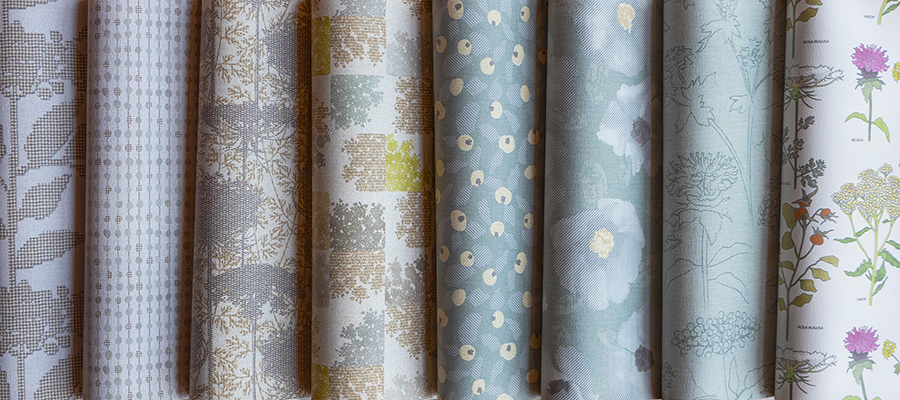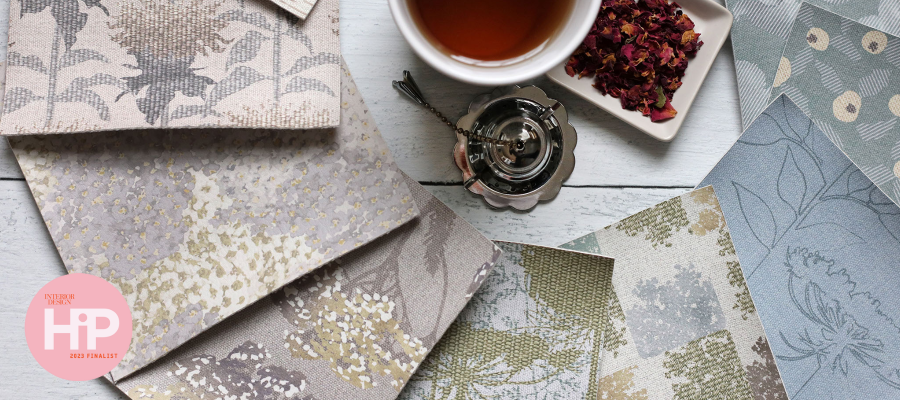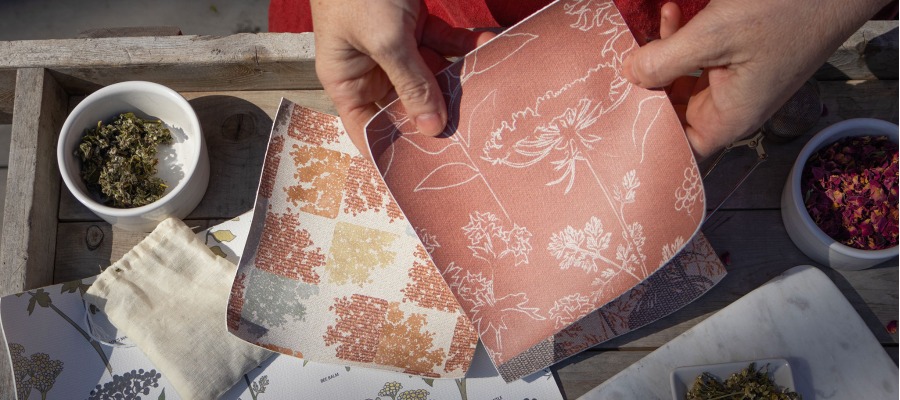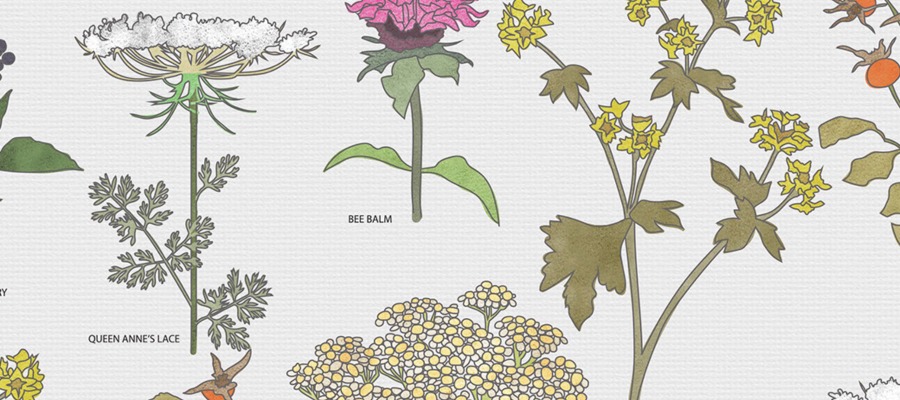
Meet the Plants of Our New Collection
The patterns in the Swallowtail Farm Collection each feature a different plant known for its medicinal properties. We thought that by designing patterns that feature medicinal plants, maybe we could bring some of their magic into healthcare interiors. We collaborated with Lauren Pignatello from Swallowtail Farm and Creamery to meet the plants and learn more about how herbalists use them.
Meet the Plants
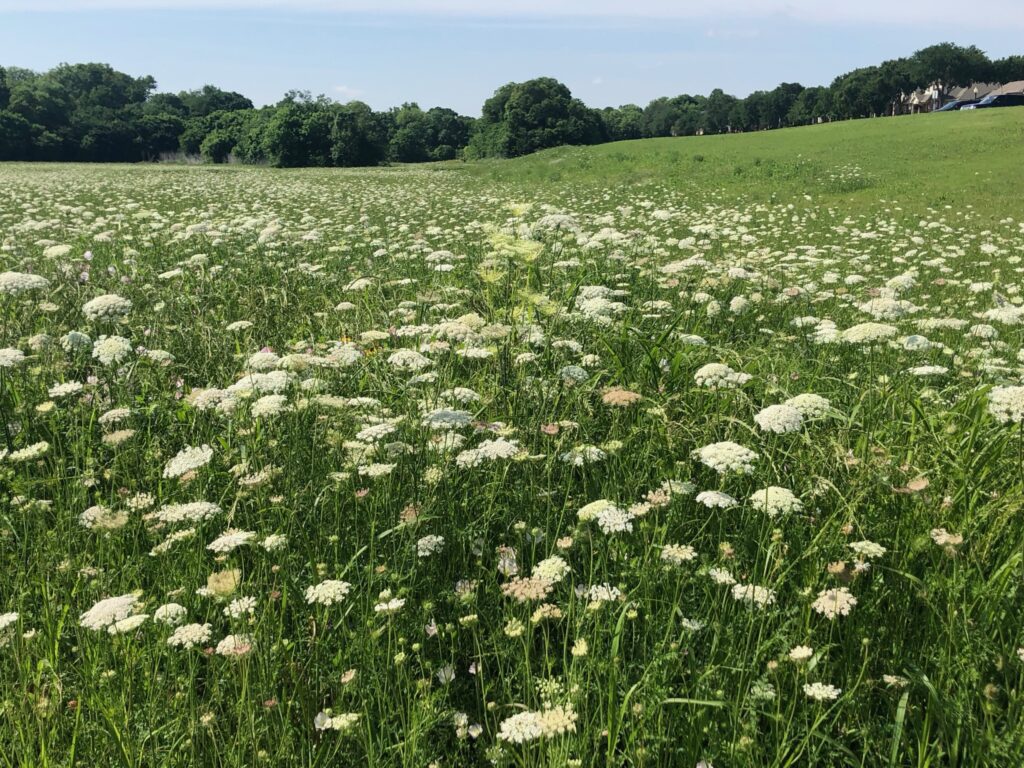
Queen Anne’s Lace
Queen Anne’s Lace, scientific name Daucus Corata, is a flower commonly spotted in dry fields and open areas. This plant produces clusters of tiny white flowers, giving it the look of lace. Herbalists often dry the seeds of this place and use them for fertility management. In the second part of the cycle, they act as a birth control measure, while in the first half, they prime the system for conception. Some also make tea from the root as a diuretic to help eliminate kidney stones.
Lady’s Mantle
Lady’s Mantle, scientific name Alchemilla Vulgaris, is known to be a gentle yet powerful astringent. It is often used on bruises or to help heal wounds. A tea made from it is also known to help ease menstrual pain and regain body and breast shape after a baby is born. Commonly used as a ground cover in gardens, the beautifully shaped leaves are typical in wreaths and bouquets.
Rose
Rose, Rose Rugosa, is known to lessen excitement in the systems and bring calmness. By quelling heat in the body, it opens the heart and brings joy. The petals from this plant make a lovely tea and elixir. Fruits and hips are gently astringent and filled with vitamin C. Known as a feminine ally, Rose is used to soothe the heart and mind and temper the fire within when out of balance.
Elderberry
Elderberry, Sambucus Nigra, has berries and flowers full of antioxidants and vitamins. Through the years, herbalists have used elderberry to boost the immune system, treat inflammation, and ease cold and flu symptoms. When used as a face wash, the flower blooms also quell fever and bring a beautiful complexion to the skin. Herbalists consider it to be a bush of bountiful wisdom and medicine.
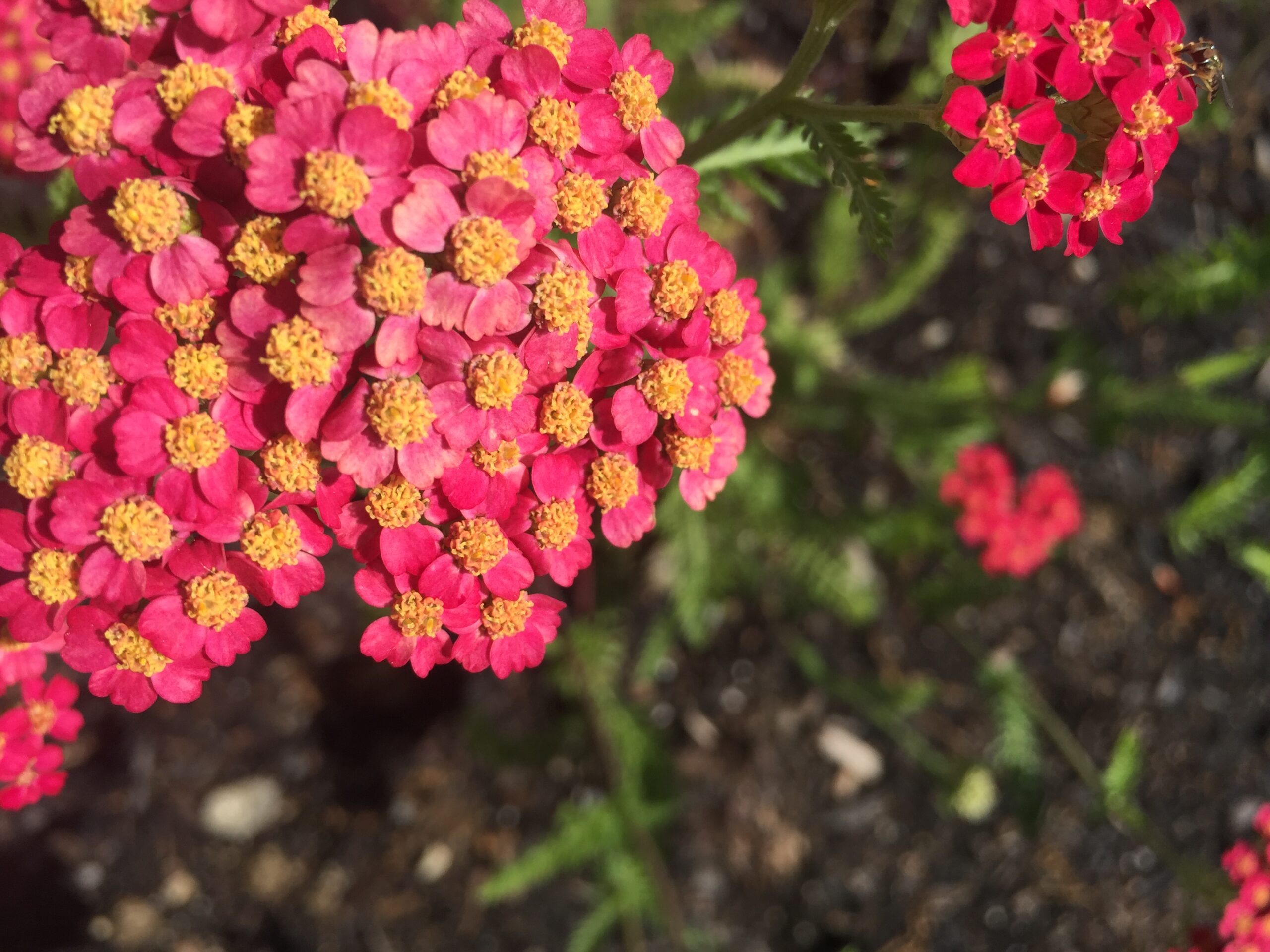
Yarrow
The Yarrow plant, Alchillea Millefolium, is used by herbalists to staunch bleeding in wounds. It is a premier woundwort and first aid remedy. Helpful in blood pressure regulations and also relieves stomach and menstrual cramps. People also use yarrow for eczema and irritable bowel syndrome. Some people use it as a tea to reduce symptoms of depression and anxiety. (Fun fact: Yarrow is also a natural dye.)
Bee Balm
Bee Balm, Monarda Didyma, is a pollinator friend in the garden. A member of the mint family, bee balm is a natural antiseptic. Herbalists use it topically on burns, bee stings, or minor wounds. Rich in volatile oils, the dried leaves retain their medicine for a long time. In teas, it can help with digestive issues and nausea.
Please Note: We were excited for you to meet the plants behind our collection to give you insight into our new Swallowtail Farm Collection. We do not recommend anyone forage or ingest any herbs or plants without doing so in the company of a qualified herbalist. Many plants have look-alikes that can be poisonous. While we find the history of these plants fascinating, we do not want anyone to get sick.
Share this post
Author
DESIGN/COLOR TRENDS AND AWESOME INFORMATION IN YOUR INBOX
Sign up for our monthly trend letter





